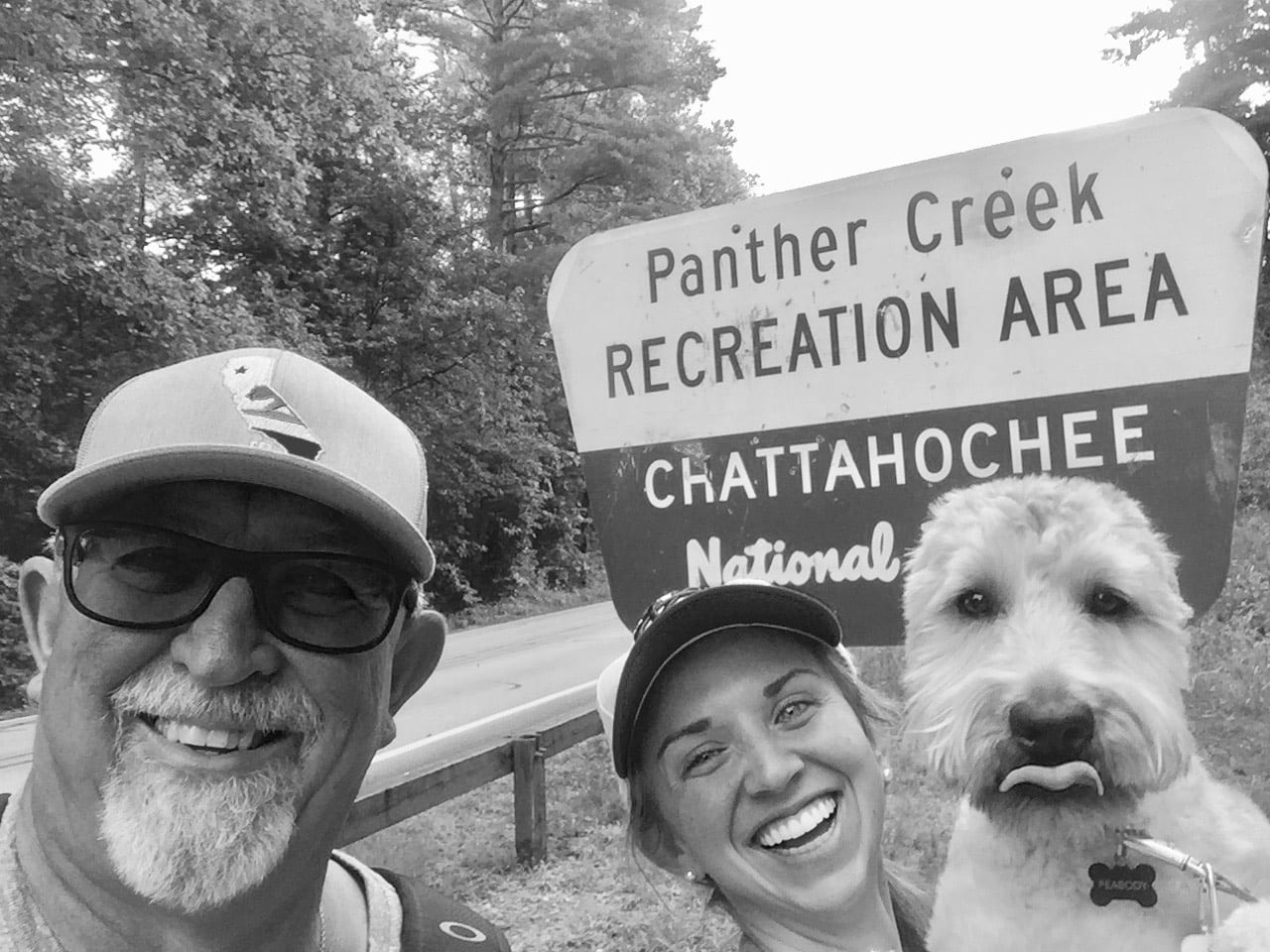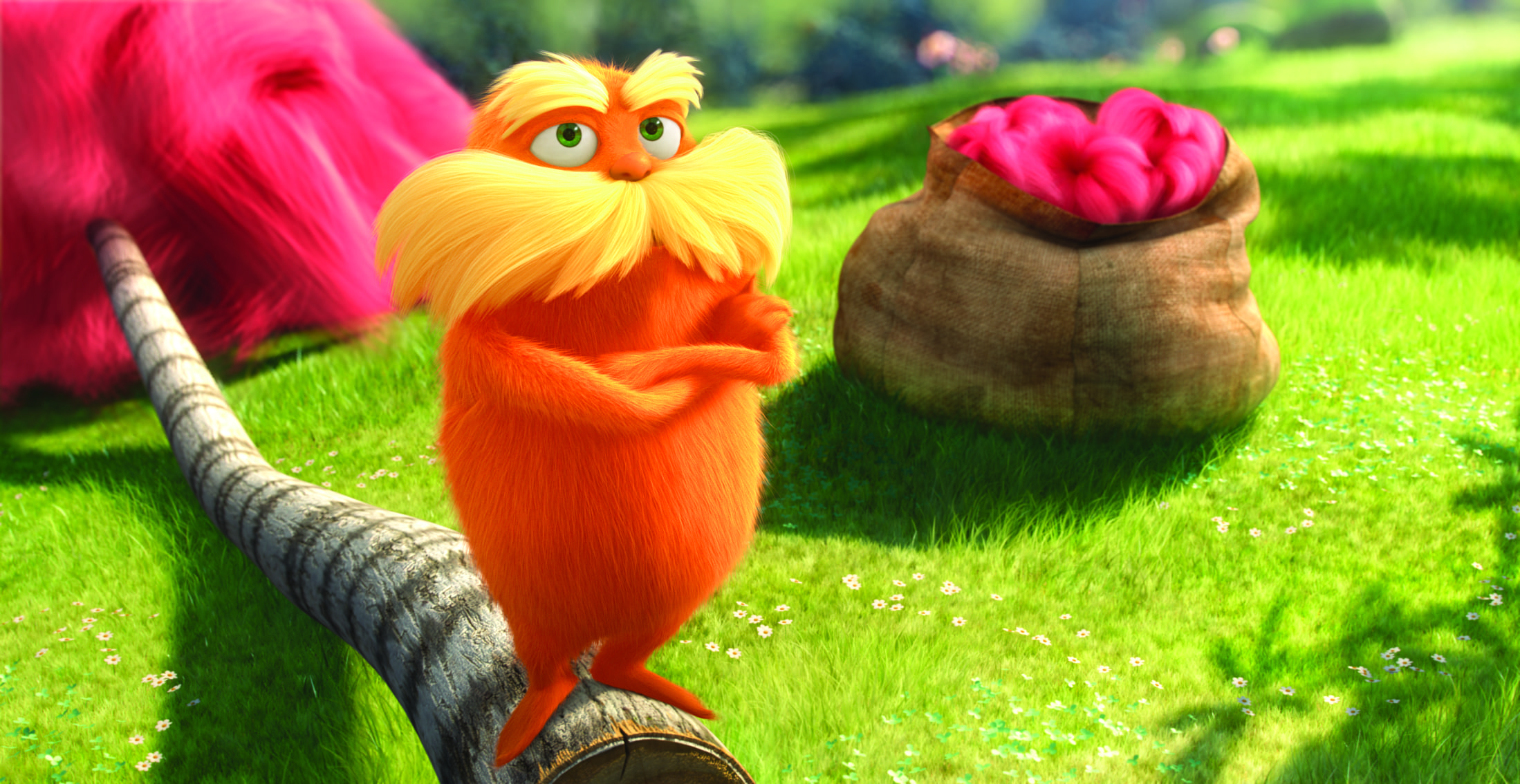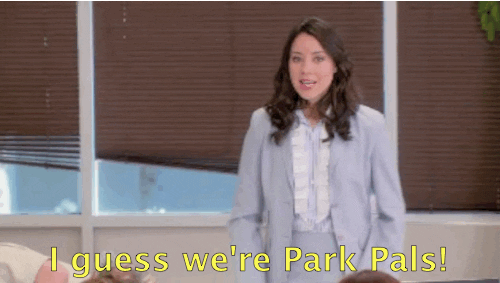“ The mountains are calling and I must go.†– John Muir
Most days I feel a lot like John Muir, only I think it would be frowned upon if I dropped all my responsibilities to visit mountains and live amongst the trees. While I can't become a mountain man and live in a treehouse, I am channeling my naturalist self by making National park visits a priority.

In 2016 (during the National park Centennial!) my best friend and I decided it was the perfect time to embark on our National park journey. We managed to explore the many ecosystems of the Everglades and the beautiful oceans of Biscayne, followed up by a canoe ride in Congaree this year. I may have gone to Joshua Tree without her… (shhh don't tell).
As I reflect on our amazing adventures in the American wilderness, it's crazy to think how lucky we are that these opportunities even exist. Each time I'm sitting in a park embraced by silence, I'm ever so grateful for the people who spoke for the trees.

In the 19th century, it was clear that the desire to conquer American land had come at a great cost. Forests had been destroyed and entire species of animals had been devastated, all in the name of progress. Luckily, some Americans (including President Teddy Roosevelt and John Muir) were paying attention, and realized they needed to save some of the last pristine U.S. environments before it was too late.
Luckily Congress caught onto this great idea and established Yellowstone as the first public park in 1872 for “the benefit and enjoyment of the peopleâ€. This small action started a worldwide national park movement.
In 1916, Congress officially established the National Park Service (NPS) to conserve the parks “unimpaired for the enjoyment of future generations.” This act and many others to follow, have created the NPS to be what it is today. Beautiful ecosystems of untouched land!

It only took a few U.S. citizens to stand up for the land, and today we have ~ 1,200 national parks that span over 100 nations. The foresight to preserve these lands is (in my opinion) the best greatest idea America has had.
Creation of the NPS was an expression of faith in future generations. A faith that future generations will continue to protect this land. This is land to be cherished and untouched forever, which is increasingly more important in an ever changing environment.
Protected areas, National parks included, only make up ~ 12.7% of the Earth's land surface. Only 12% of our land on Earth is protected! This small percentage of land gets ~ 8 billion visits every year. That's like the whole human population visiting the United State's National parks every year! These 8 billion visits have had great impacts on our economy: spending ~ $600 billion dollars in ‘direct tourist expenditures', and an additional $250 billion in ‘consumer surplus'. For how much money these parks bring in, we currently spend less that $10 billion to keep these sites protected.
While National parks are economically valuable, they also play an important role in human and planet health. The NPS implemented the Healthy Parks, Healthy People Plan to aid in public health. This plan promotes good nutritional choices with healthy food options, positive mental health and well-being through contact with nature, and educational social interactions with other visitors.
Additionally, National parks play a major role in pulling carbon out of the air helping slow down climate change, contributing to the health of our planet. This carbon storage is worth ~ $580 billion dollars annually! You know that air you breathe and that clean water you drink? It's not free! You can thank the ecosystems of the national parks for that too! These ecosystems help provide: drinking water, timber, wood fuel, natural gas, and plants that can be used for medicinal benefits.
As the human population continues to grow and land becomes more scarce, it's important we not only ‘appreciate' nature, but help preserve it. Investing in protected areas and sustaining their natural state yields a great benefit to us now and later. The NPS helps stimulate an understanding of history in its larger context, not just as human experience, but as the sum of the interconnection of all living things and forces that shape the earth.
Stay tuned for future blog posts in my National park series! Next we'll dig through the ecosystems and research happening at some of our most cherished National parks.
Featured Image: Hanging Rock Overlooking Yosemite Falls. Image Credit: Wayne Hsieh via Flikr
 Amanda Shaver is a Ph.D. student in the Department of Genetics at the University of Georgia. She enjoys dancing, crafting, and playing with her dog Mr. Peabody. High on her list of accomplishments is eating a whole block of cheddar cheese in one sitting without negative consequences. Amanda currently serves an Associate Editor for the Athens Science Observer and is on the Athens Science Café Programming Board. You can email her at Amanda.shaver@uga.edu or follow her on Twitter @AOShaver. More from Amanda Shaver.
Amanda Shaver is a Ph.D. student in the Department of Genetics at the University of Georgia. She enjoys dancing, crafting, and playing with her dog Mr. Peabody. High on her list of accomplishments is eating a whole block of cheddar cheese in one sitting without negative consequences. Amanda currently serves an Associate Editor for the Athens Science Observer and is on the Athens Science Café Programming Board. You can email her at Amanda.shaver@uga.edu or follow her on Twitter @AOShaver. More from Amanda Shaver.
About the Author
- athenssciencecafehttps://athensscienceobserver.com/author/athenssciencecafe/April 17, 2020
- athenssciencecafehttps://athensscienceobserver.com/author/athenssciencecafe/April 12, 2020
- athenssciencecafehttps://athensscienceobserver.com/author/athenssciencecafe/April 3, 2020
- athenssciencecafehttps://athensscienceobserver.com/author/athenssciencecafe/March 30, 2020







